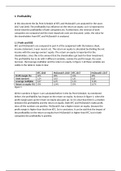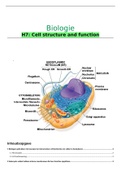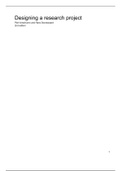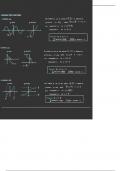Jerome Bruner's theory of development is based on the assumption that we learn best when we go from concrete to
abstract in a three-step process.
hands-on action
learning with images
students transform what they've learned into
language
Throughout the experience, we constantly revisit
previously learned topics while teachers provide
carefully structured guidance along the way.
Each step of the theory with an example:
1. We learn through enactive representation: this happens in hands-on experiences ideally with real world
applications:
e.g. to divide 4 by 2, students learn to cut a cake into 4 slices so each can eat one now and bring one home later.
2. Iconic representation: we now link our memories of the experience to iconic pictures.
e.g. students are asked to draw a cake that was cut into four pieces
3. Symbolic representation: we now use the images we internalised earlier and turn them into abstract
language such as mathematical symbols. Using a little bit of retrospection, we can easily solve the problem.
The last phase is also called symbolic representation language-based because we are really just learning the right
words and symbols to express our thoughts. The actual maths knowledge was acquired much earlier through hands-
on experiences.
Rather than neat age-related stages (like Piaget), the modes of representation are integrated and only loosely
sequential as they "translate" into each other.
- (McLeod, 2019)
Bruner therefore advocated for the use of a spiral curriculum with continuous repetition of the same fundamental
ideas. The curriculum is comprised of three characteristics: students revisit the same topic at regular intervals, the
complexity of the topic increases with each revisit, the new learning has a relationship with previous learning.
Teachers also use scaffolding, a term coined by Bruner.
Teachers do this by structing activities based on
students existing knowledge and in a way, that helps
them to reach the desired learning outcome.
The teacher first demonstrates the process as the
student watches, then the teacher lets the students
have a go, steps back and offers support and feedback
when needed.
Bruner believed that any subject can be taught in an intellectually honest form to any child, at any stage of
development.










